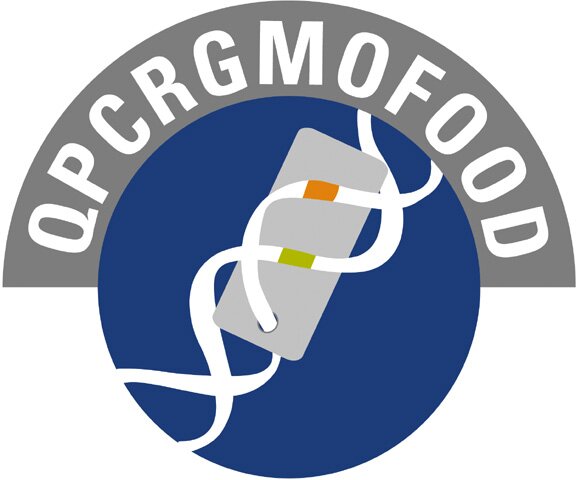Progress Report RTD-Project Qpcrgmofood
Title: Reliable, standardised, specific, quantitative detection of genetically modified food
Project: Qpcrgmofood (QLK1-1999-01301)
Period: February - October 2000
Co-ordinator: Dr. Arne Holst-Jensen, National Veterinary Institute, Norway
Objectives
- develop reliable tests for qualitative and quantitative detection of genetic modifications in food
- develop reliable multiples tests for determination of the diversity of genetic modifications in food
- investigate how improved detection methods will influence consumer confidence in food security.
The project comprises six workpackages, one of which covers three sub-workpackages:
WP1. Identification of the domain of application and matrix-limitations for a standard DNA extraction protocol
- Started month 0, final month 12, ring trial month 12 (planning and preparation started).
- Testing effects of buffers, enzymes, etc., on raw materials and refined products.
- Development and adaptation of precise criteria for the evaluation of a DNA extraction method (IPC, species-specific PCR, gel electrophoresis)
- Beneficial effects of adding enzymes (raw matrices)
- Crude oil and lecithin works in progression
- Adaptation of a non-commercial purification method (DEAE)
WP2: Identification and characterisation of suitable species-specific reference-genes, and development of reference-gene specific primer-probe sets
- for qualitative and quantitative PCR, will define the 100 % of the ingredient.
- We must determine species specificity, copy number and genotypic stability.
- Soya, maize (final), rape seed, tomato, potato ....
- Strategy: Identify candidate genes, determine suitability, determine stability of copy-number and genotype, develop specific PCR methods (in progress).
WP3: Sequence characterisation of transformation events
- The target is the junction between insert and genome. Because the sequence is unique (only present in one GMO, and in one copy per haploid genome) it is particularly suitable for development of specific PCR for detection and quantification of GMO. It is necessary and reasonable to assume genotypic stability.
- junctions from 4 GMOs have been isolated and characterised:
- One soya: Roundup ReadyTM soy
- Three maize: MON810, Bt176, Bt11 (the latter two needs further confirmation) -junctions from another 4 GMOs will be isolated and characterised next semester.
WP4: Development and testing of transformation-event-specific primer-probe sets
- Based on results from WP2 and WP3
- For qualitative and quantitative PCR
- 3 sub-workpackages:
- WP4.1 Qualitative single assays
- WP4.2 Qualitative multiplex assays
- WP4.3 Quantitative assays
- Junction based qualitative PCR design started for the GMOs characterised in WP3.
- 3 partners working on each
- Will develop specific PCR independently
- Pre-validation study among the 3 partners
- The best method will be validated in ring-trial (WP5)
WP5: Validation of methods (ring-trials)
- Month 12: DNA extraction (planning started)
- Month 24: Qualitative single assays
- Month 30: Quantitative assays
- Month 36: Final, single and multiplex qualitative, and quantitative assays
WP6: Socio-economic impact of GMO regulation and GMO detection
- Questionnaire survey in three countries (UK, Italy and Norway) will start next year.
- Will examine the effect on consumer confidence and trust in risk-regulators by current:
- Regulations
- Detection methods
- Knowledge
|

